All you have to know about microfibre cloths


Cloths are one of the basic products essential for maintaining cleanliness. It is probably the only cleaning tool used for so many surfaces. We use cloths for dry wiping and wet cleaning, for cleaning the bathroom, kitchen, wiping furniture, and electronic equipment. It is no wonder that today not all cloths are created equal, and specific cloths are made for specific purposes. Even among microfiber cloths, we find cloths for different uses - one for glass, another for monitors, and yet another for sanitary fixtures. To understand why microfiber cloths can differ so much, we must first know what microfiber is.
Microfiber - Applications and Properties
The word microfiber comes from the English "microfibre," meaning micro-thread. It is made from blends of polyester and polyamide fibers, in various proportions and weave combinations, depending on the desired effect. These fibers are much thinner than cotton fibers, making them significantly better at collecting and storing dirt. Microfiber has a range of advantages that are used in high-quality cloths.
Very Good Liquid Absorption
Microfiber can absorb up to 7 times its weight in liquid, so, for example, when wiping up spilled water from a countertop with a cloth weighing 200g/m² and measuring 40 x 40 cm (with a cloth weight of 80 g), we should be able to wipe up to half a liter of water without wringing out the cloth. Good water absorption is especially important for mops, which is why microfiber mops will always be better than those made from natural fibers.
Antibacterial Action
Microfiber traps dirt in its fibers until it is removed during washing. As a result, microorganisms are not transferred by cloths that have already been used. Additionally, microfiber is made from synthetic fibers, which makes them an unfriendly environment for bacteria, as they need organic matter to exist.
Durability
Most microfiber cloths and mops are durable enough to be used even after 500 washes. However, to maintain the durability and properties of microfiber, it is important to remember that microfiber products should not be bleached or washed with fabric softener, as this weakens and shrinks the fibers.
Environmental Friendliness
Using microfiber cloths can help reduce the use of paper towels, for example, when polishing glass or wiping up liquids. Additionally, cleaning with microfiber cloths and mops is easier, faster, and more effective, reducing the need for chemical cleaning agents to remove dirt. Another environmental benefit of microfiber is that it is often made from recycled synthetic materials.
Cost Savings
Because microfiber cloths can be used for tasks often performed with paper towels, they can save money by reducing the consumption of these towels. Moreover, although microfiber cloths are more expensive, they are much more durable than those made from organic fibers and are more cost-effective in the long run.
HACCP and Microfiber Cloth Colors
HACCP – Hazard Analysis and Critical Control Points System. This is a mandatory system in Poland aimed at ensuring food safety, which identifies, evaluates, controls, and manages hazards important for food safety. HACCP is a complex system but oriented towards a simple goal - securing food against chemical, physical, and biological hazards. The color-coded system assigned to specific tasks significantly aids this process. In this context, we are talking about cleaning and color coding of cloths.
Usually, the coding system is based on four colors: red, green, yellow, and blue. The areas and tasks assigned to each color are not predetermined, so each company establishes them independently. It is important that the rules are clear to everyone, not just the cleaning staff.
An example coding system:
- red: toilets, urinals
- blue: general surface cleaning, office spaces
- yellow: sinks, faucets, mirrors, dispensers
- green: kitchen
All rights reserved. No part of this publication (text, graphics, images, photos, files, and other data) presented on the OLE.PL online store may be reproduced or distributed in any form or by any means without prior permission. All trademarks, graphic marks, brand names, and other data are protected by copyright and belong to their respective owners.




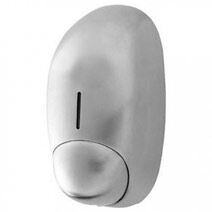

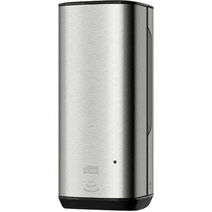
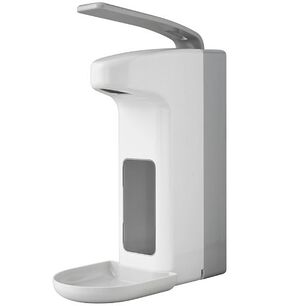

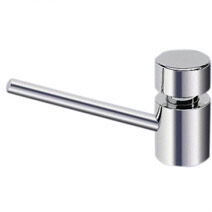
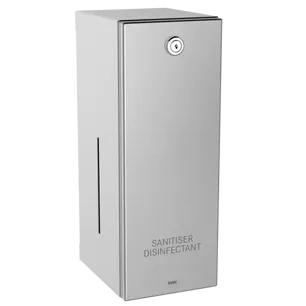

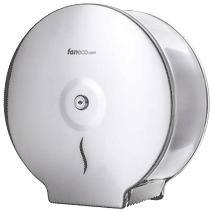

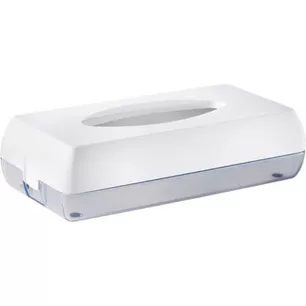
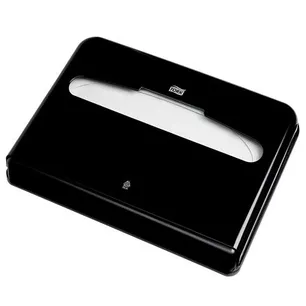
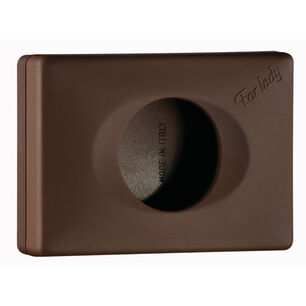
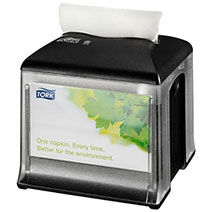

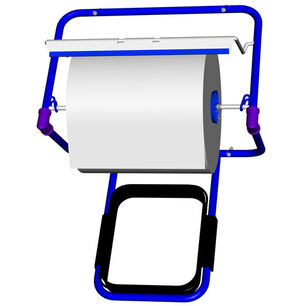
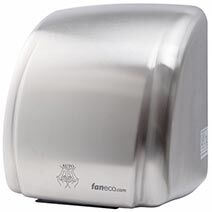
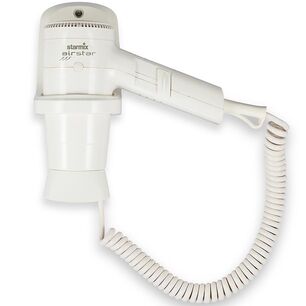
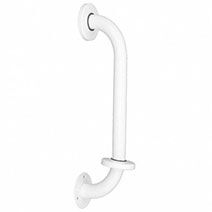
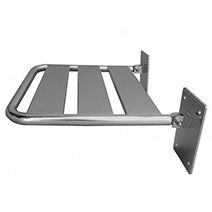
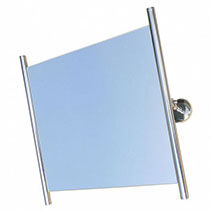
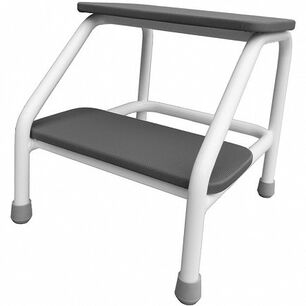
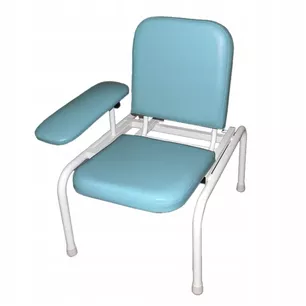




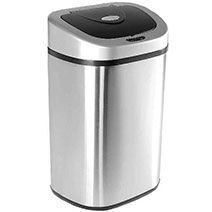
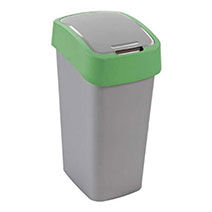
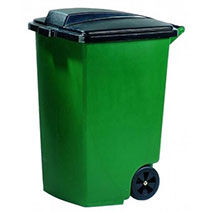


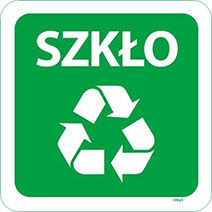

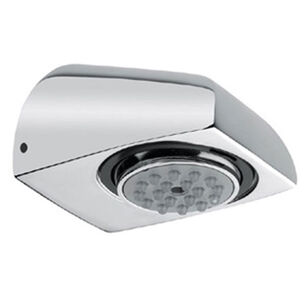
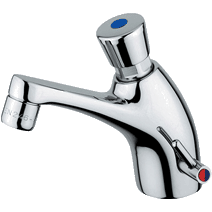
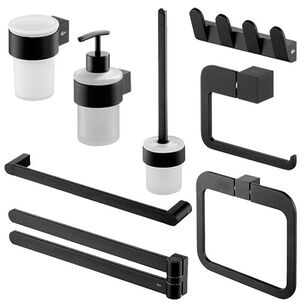
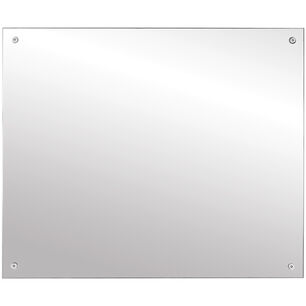
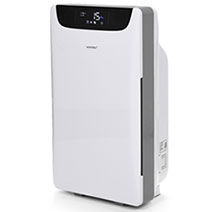
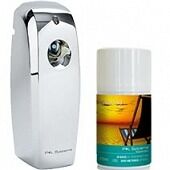
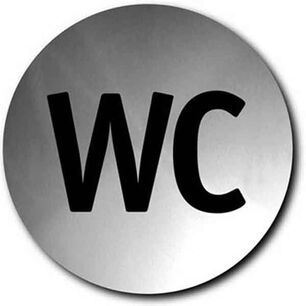
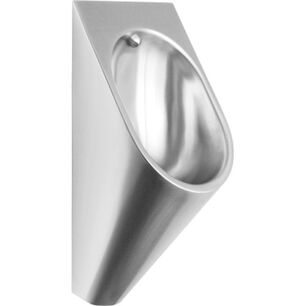
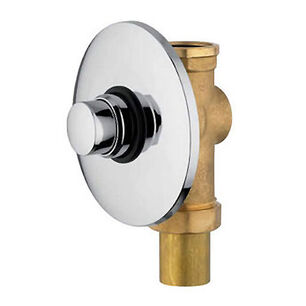
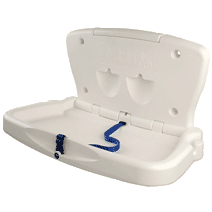
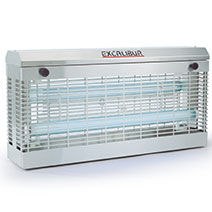

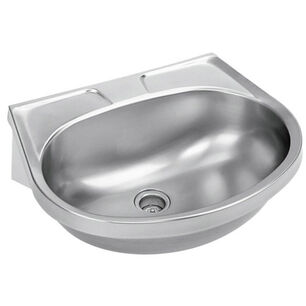
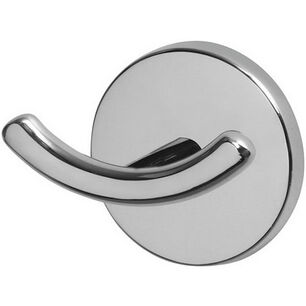
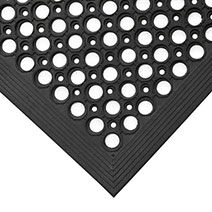
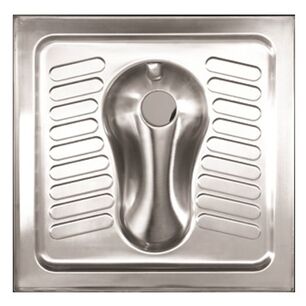
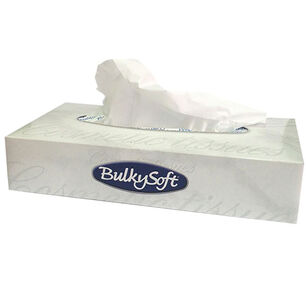
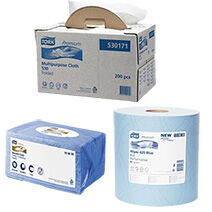



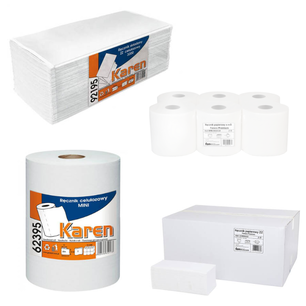
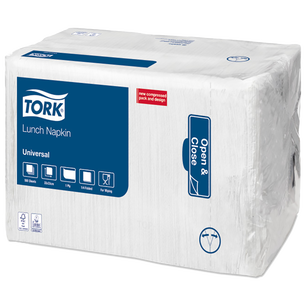
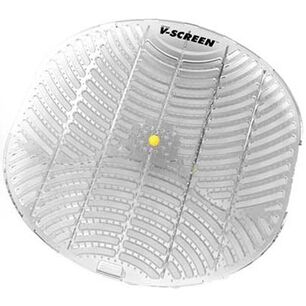
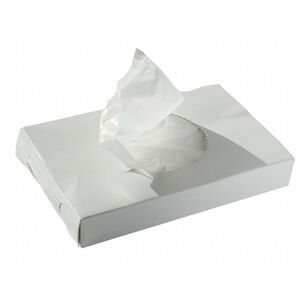
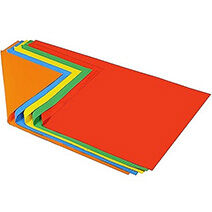
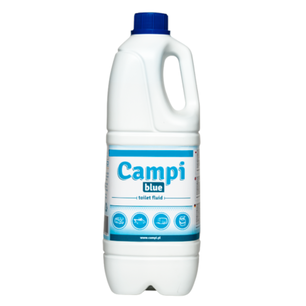
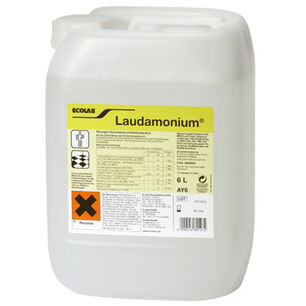
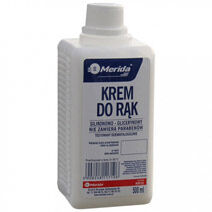
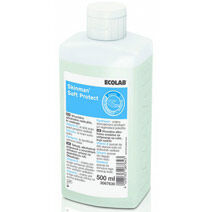
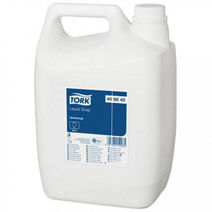
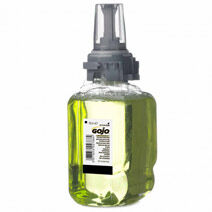

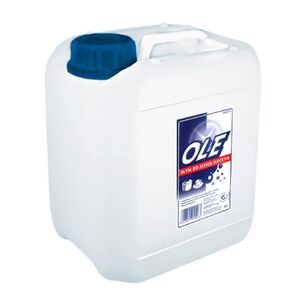

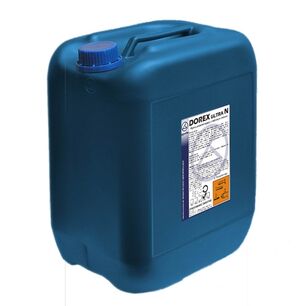
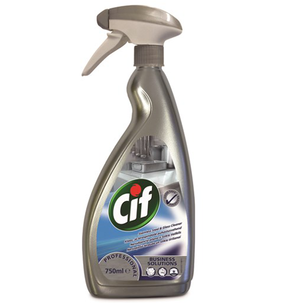
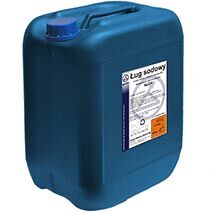

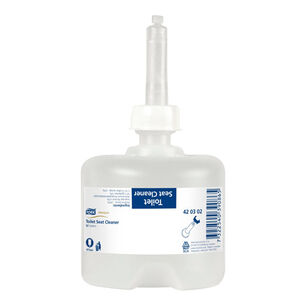
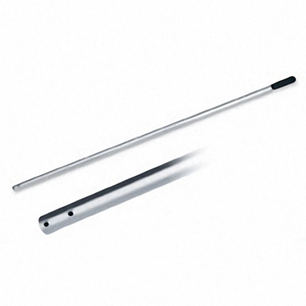
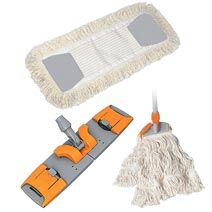

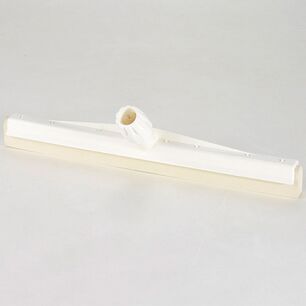

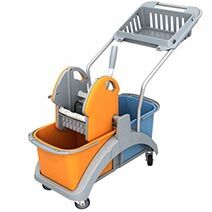


 Polski
Polski
 Czech
Czech
 German
German
 Spanish
Spanish
 Slovak
Slovak